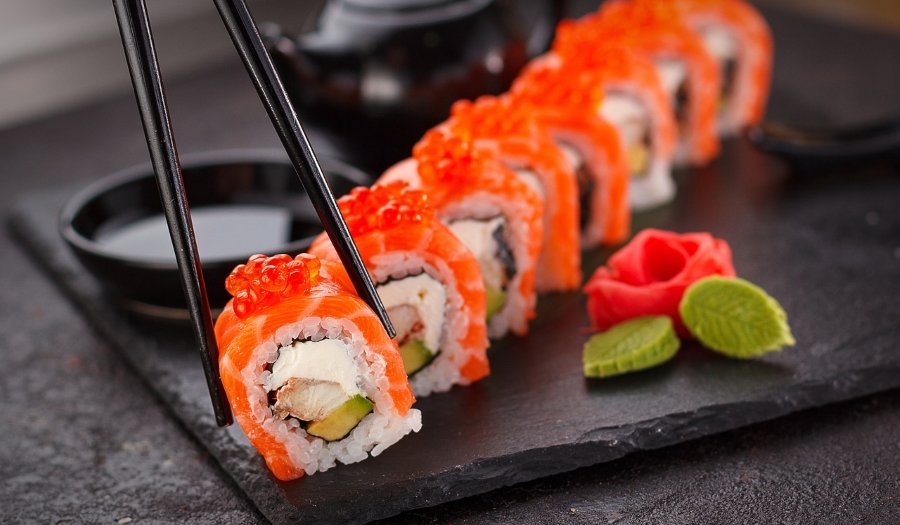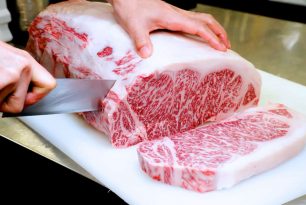If you love the taste of raw fish, you should try sushi and sashimi. These Japanese foods are made of thin slices of seafood or meat. You should use soy sauce sparingly and a shiso leaf to dip your food. Here are some tips on sushi and sashimi. Have fun! You’ll be amazed at how delicious these dishes are! The best part about sushi and sashimi is that you can try them anywhere!
Nigiri
Nigiri sushi and sashimi are two forms of sushi that are typically eaten raw. The name Nigiri derives from the way it is prepared; the fish is squeezed into a tiny hole in the rice. The first incarnation of sushi was created in Japan, and it quickly became a popular delicacy throughout Japan. Traditionalists, however, feel that sashimi is more pristine, due to its meticulous cutting before serving.
Maki
Maki sushi and sashimi are two popular Japanese cuisines. Unlike sashimi, which is raw fish, sushi contains cooked fish. While raw fish is often used, it is not a prerequisite. As the name suggests, sushi is sour. If you are not sure which to choose, try a combination of the two. Both are excellent choices for a traditional Japanese meal. Listed below are some of the best sushi and sashimi recipes.
Tamago nigiri
The best way to enjoy the unique flavors of Tamago nigiri sushi is to pair it with rice vinegar. This adds a bit of acidity to the delicate fish, while salt and oil keep the nori sheets crisp and prevent the fish from sticking to the rice. The rice should be high-quality Japanese short-grain sushi rice. You can use rice vinegar or sugar instead of sushi vinegar.
Salmon sashimi
While the fish may be raw, salmon sashimi contains a significant amount of dietary protein. It has all nine essential amino acids, including glutamine, and it promotes muscle growth. However, some sashimi dishes are not eaten raw. For instance, salmon sashimi at Sushi Nobu can contain other ingredients in addition to fish, such as crab and shrimp. However, many people are unsure about the nutritional value of sashimi.
Pufferfish sashimi
The Japanese call pufferfish fugu. This octogenarian can be found in several species, including the prized tiger blowfish. However, fugu is a notoriously poisonous fish, with most containing tetrodotoxin, which is a neurotoxin that can cause paralysis or death. Because of this, fugu sashimi preparation is highly regulated. Only chefs with special training and licensing are allowed to prepare the sashimi. Currently, the fish is served exclusively in Japan, South Korea, and New York.
Salmon nigiri
When making salmon nigiri sushi, the most important thing to remember is that the fish must be fresh and clean. This is important because naturally grown salmon can have parasites and can’t be consumed raw. Traditionally, salmon was not included in nigiri sushi until the late 20th century. Commercial salmon farming in Norway began in the late 19th century, and targeted Japan for marketing.
Tempura nigiri
When you order nigiri, you are ordering a bite-sized rectangle of rice topped with a piece of sashimi. The most common nigiri filling is salmon, although you can also order halibut or other fish. Because they are made of fish, nigiri is typically firm and low in fat, but the rice makes them melt in your mouth, making them easy to enjoy. You can order them with or without rice.
Tuna sashimi
Sashimi and sushi both use raw fish and are bite-sized pieces of fish. Sake and beer are typically served with sashimi. Different parts of the tuna are used for sashimi. The most popular parts are the gills, belly, and akami. These parts are less fatty than the otoro and akami portions.



